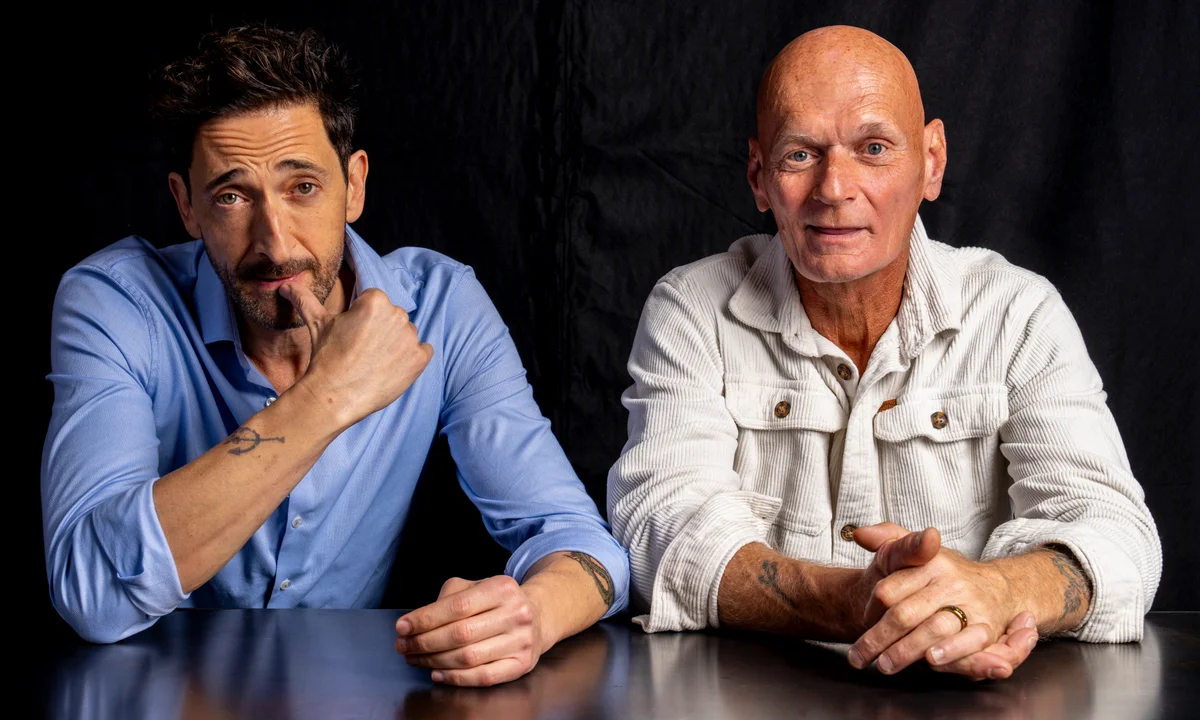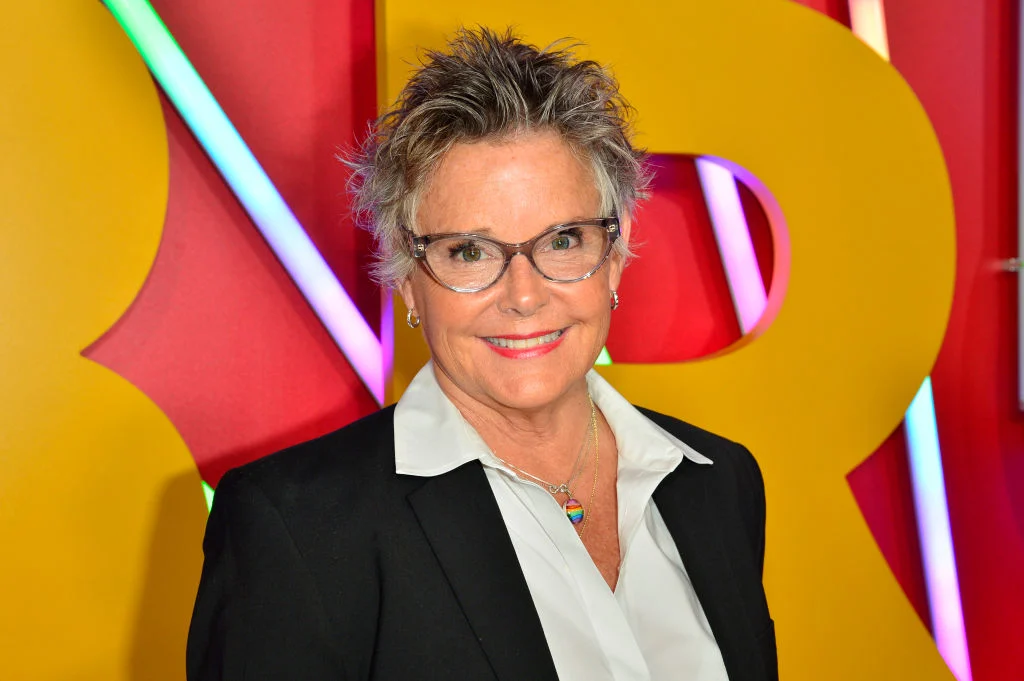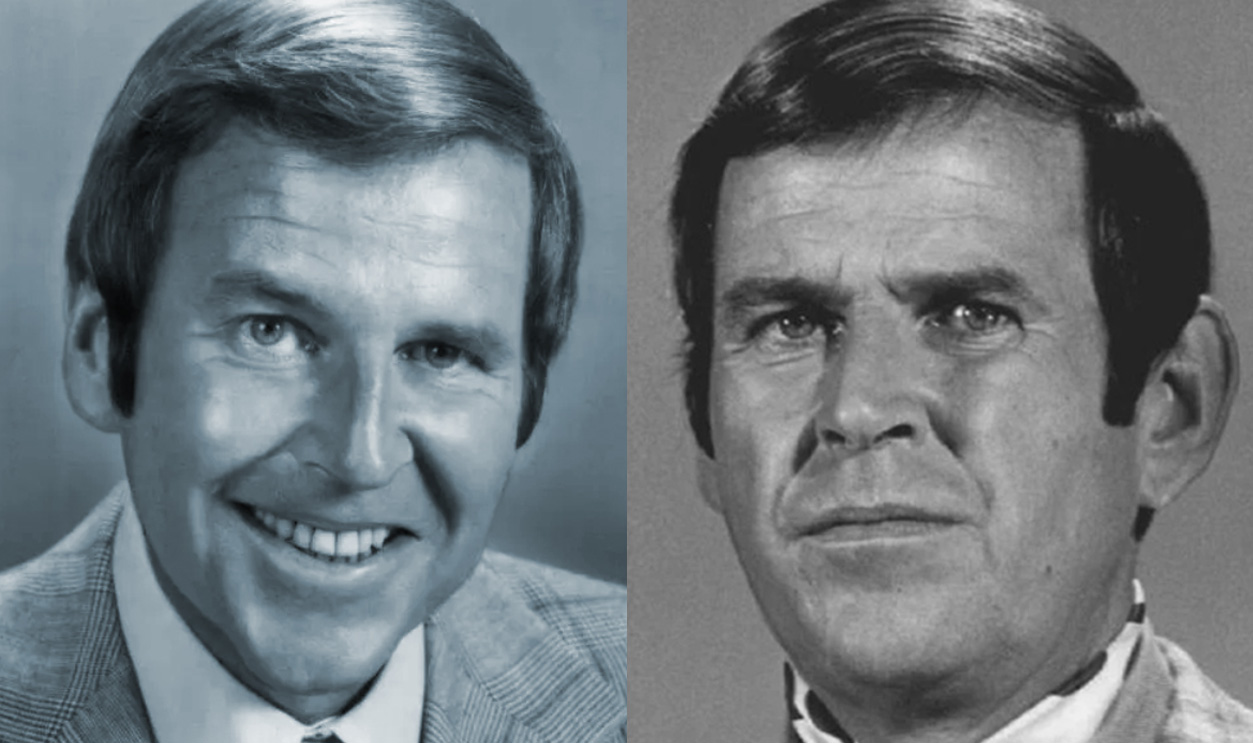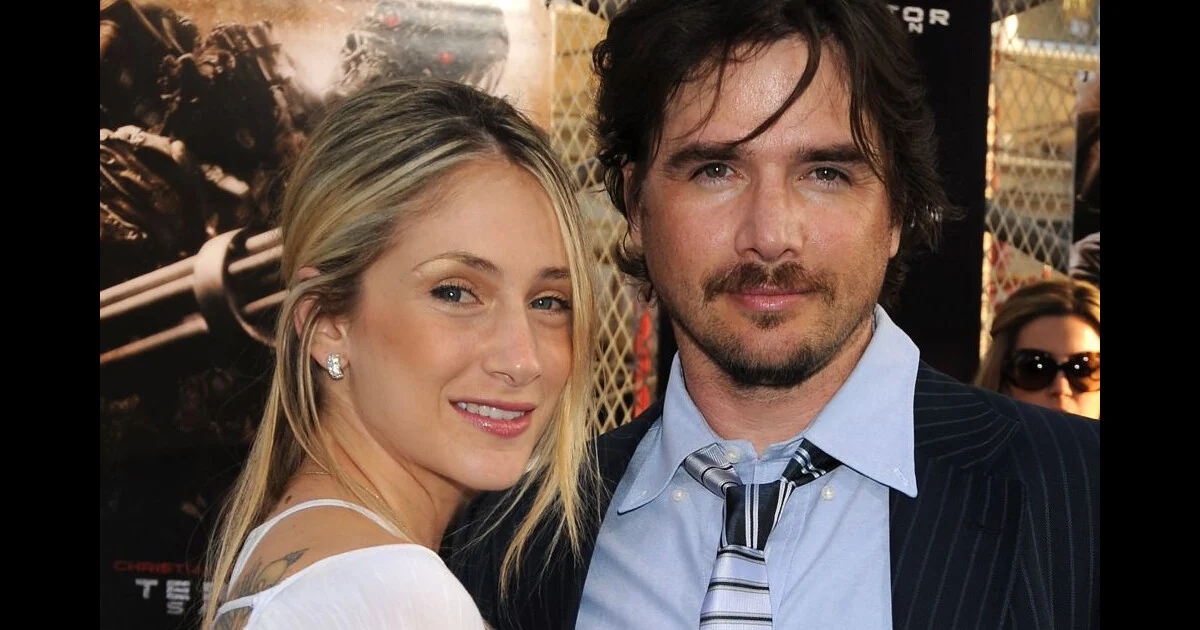Nick Yarris is not just a name but a symbol of survival, resilience, and the complex flaws within the criminal justice system. Born in Pennsylvania in 1961, Yarris lived an ordinary early life before his world turned upside down at the age of 21. Accused and convicted of a brutal crime he did not commit, Yarris spent over two decades on death row before DNA evidence proved his innocence. His story isn’t just about wrongful conviction; it’s about the human spirit, a man’s transformation under extreme circumstances, and the pursuit of justice and forgiveness.
This article delves into Nick Yarris’ life – from the dark confines of prison to international stages, inspiring people with his harrowing yet enlightening journey. We’ll explore his early life, the circumstances surrounding his conviction, his exoneration, and how he turned his trauma into advocacy and storytelling.
Early Life and Trouble with the Law
Nick Yarris grew up in a working-class family in Pennsylvania. Like many young boys, he was full of energy and mischief, but a series of traumatic events in his teenage years marked the beginning of a downward spiral. After surviving a near-fatal incident where he was shot in the face during a car theft attempt, Yarris found himself increasingly entangled in minor criminal activity, mainly involving drugs and theft.
However, nothing could have prepared him or his family for what was to come. In 1981, Yarris was arrested and charged with the rape and murder of Linda Mae Craig, a woman found dead in Delaware County, Pennsylvania. Based on circumstantial evidence and a botched investigation, Nick was sentenced to death in 1982. Despite always maintaining his innocence, he would go on to spend the next 22 years in prison, most of them in solitary confinement.
Life on Death Row
A Cage of Despair and Reflection
Nick Yarris’ time on death row was brutal. Isolated from the world, surrounded by despair, and tormented by the knowledge of his innocence, Yarris found himself grappling with the very meaning of life. The conditions were inhumane – 23 hours a day in solitary confinement, limited interaction with other inmates, and the looming threat of execution.
During these years, Yarris faced not only physical challenges but deep psychological torment. Yet, amidst the chaos, he began to read voraciously. From classics to law books, literature became his escape and his tool for empowerment. He educated himself, learned about the legal system, and began a long battle to prove his innocence.
A Turning Point: The DNA Request
In 1988, when DNA testing began gaining prominence in forensic science, Yarris became one of the first death row inmates to request such testing to prove his innocence. However, delays, mismanagement, and lack of access to proper legal resources meant that it took over a decade before DNA testing would finally exonerate him.
In 2003, the results came in – the DNA did not match Nick Yarris. It was a moment of both vindication and sorrow. After 21 years of wrongful imprisonment, including 8,000 days in a cell no larger than a bathroom, Nick was a free man. He walked out of prison with nothing but a dream to share his story with the world.
Nick Yarris: From Exoneration to Advocacy
The Long Road to Healing
Freedom was bittersweet. While Yarris was finally released, the damage done was immense. He had lost his youth, missed out on life’s milestones, and was forced to re-enter a world that had moved on without him. But instead of succumbing to bitterness, Yarris chose healing.
He began speaking publicly about his ordeal, highlighting not only the personal toll of wrongful imprisonment but also the systemic failures that led to his conviction. His voice became one of the most powerful in the movement for criminal justice reform.
Writing and Storytelling
Determined to make a difference, Nick Yarris penned his memoir Seven Days to Live, recounting the details of his incarceration and the human capacity for resilience. The book received widespread acclaim for its raw honesty and emotional depth.
He also began giving talks around the world, becoming an advocate for justice reform, human rights, and mental health awareness. His ability to connect with people through storytelling set him apart from others. Yarris wasn’t just recounting a story; he was reliving it in hopes that no one else would endure what he did.
Nick Yarris and the Documentary “The Fear of 13”
In 2015, Yarris’ story reached an even broader audience through the Netflix documentary The Fear of 13. Directed by David Sington, the film is a masterful one-man show in which Yarris narrates his life, keeping viewers gripped from beginning to end. The documentary stood out for its simplicity – no reenactments, no dramatic effects, just Yarris and his story.
The title The Fear of 13 refers to a philosophical exploration of fear and superstition, which parallels the irrationality and injustice that pervaded Yarris’ life on death row. The film was praised internationally, turning Yarris into a global symbol of hope, change, and human transformation.
Impact on the Criminal Justice System
Raising Awareness
Nick Yarris’ experience became a wake-up call for many. His case illustrated how the U.S. legal system, while rooted in principles of fairness, can fail catastrophically. Eyewitness misidentification, prosecutorial misconduct, poor legal defense, and the lack of scientific methods at the time all contributed to his wrongful conviction.
Through his talks and advocacy, Yarris has helped educate legal professionals, students, and general audiences on the importance of reforming judicial processes. His voice is especially important in ongoing debates about the death penalty, highlighting the risks of irreversible errors.
Collaborating with Organizations
Yarris has worked with various innocence projects and human rights organizations, helping others who are wrongfully convicted. His insight as someone who lived through the worst makes him an invaluable resource for advocates and lawmakers working to fix flaws in the system.
Personal Life and Ongoing Struggles
Life After Prison
Despite being released, life didn’t instantly become easy for Nick Yarris. Adjusting to normalcy after more than two decades in confinement brought its own set of challenges. Building relationships, finding stability, and dealing with PTSD were everyday battles.
Yarris has been candid about his struggles with mental health, relationships, and the emotional scars that don’t simply vanish with freedom. But he has also embraced these as part of his journey – a continuous evolution shaped by trauma but defined by hope.
Family and Relationships
Nick Yarris has had multiple chapters in his personal life post-exoneration. He married and started a family, trying to reclaim the human connections that prison denied him. However, some relationships have been turbulent, often strained under the weight of trauma and reintegration difficulties.
Despite these challenges, he continues to advocate for love, forgiveness, and healing – believing that these are the only paths to real freedom.
Lessons from the Life of Nick Yarris
Nick Yarris’ story is more than an anomaly in the justice system; it’s a testament to the indomitable will of the human spirit. His ability to forgive, to find meaning in suffering, and to help others even when he had every reason to be consumed by anger – these are the true hallmarks of his legacy.
His story forces us to ask: How many more are behind bars for crimes they didn’t commit? What responsibility do we share in holding our justice system accountable? And more importantly, how can society provide healing and redemption for those who were failed by it?
Conclusion: A Voice That Will Not Be Silenced
Nick Yarris will always be remembered as one of the most gripping voices in the ongoing struggle for justice and human dignity. His life, marked by unimaginable injustice and resilient recovery, reminds us that even in the darkest of places, light can be found.
From a death row cell in Pennsylvania to global recognition as a speaker, author, and reformer, Nick Yarris proves that it’s not the circumstances that define a person – it’s how they choose to respond to them. His story challenges us to believe in redemption, to fight for justice, and to listen to those whose voices have been silenced for too long.
FAQs
What was Nick Yarris convicted for?
Nick Yarris was wrongfully convicted in 1982 for the rape and murder of Linda Mae Craig. He spent 21 years on death row before DNA evidence cleared his name.
How was Nick Yarris exonerated?
Yarris was exonerated in 2003 after DNA testing proved that he was not the person responsible for the crime he was accused of.
What is the documentary “The Fear of 13” about?
The Fear of 13 is a Netflix documentary where Yarris narrates his life story, from wrongful conviction to exoneration, in a compelling one-man format.
What does Nick Yarris do now?
He works as a public speaker, author, and criminal justice reform advocate, sharing his story to raise awareness about wrongful convictions and the flaws in the legal system.
Where can I read more about Nick Yarris?
You can read his memoir Seven Days to Live, watch The Fear of 13 on Netflix, or follow his interviews and talks available online for more insight into his life and mission.













